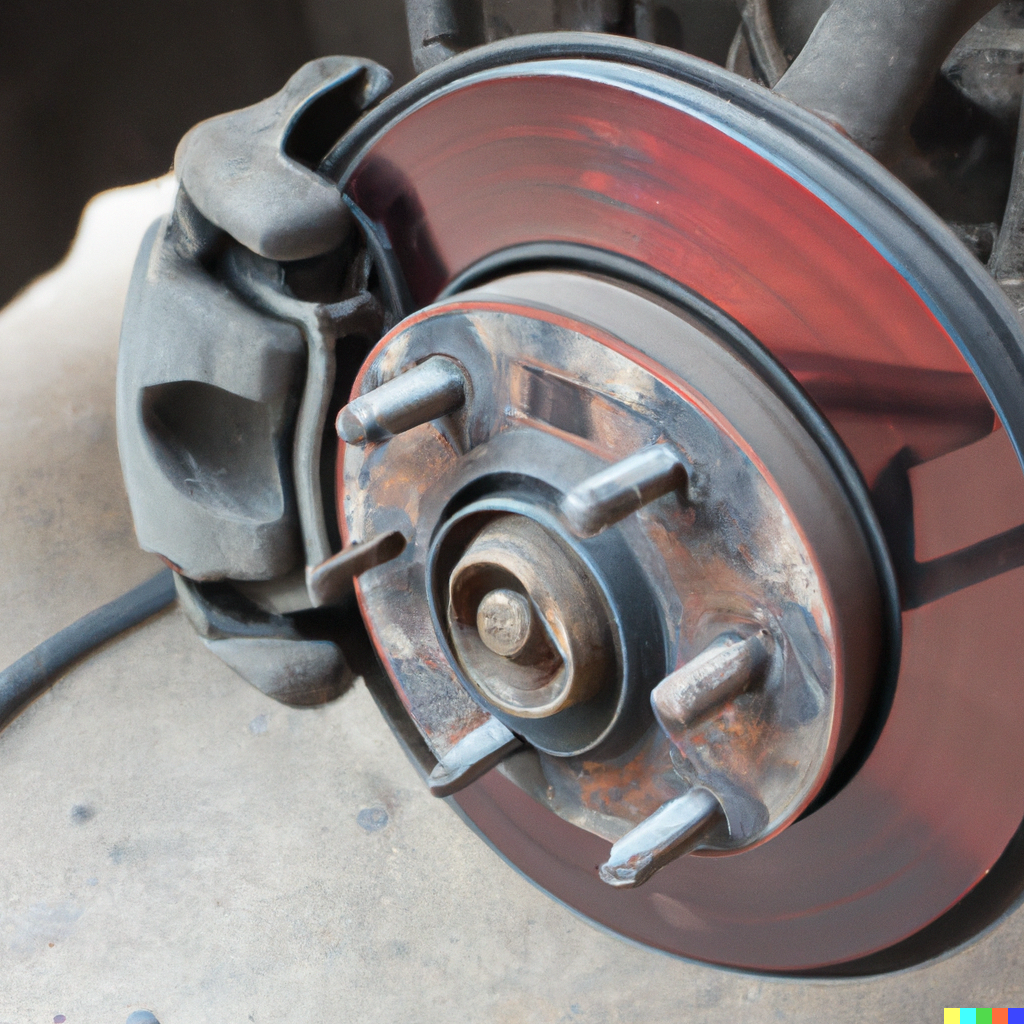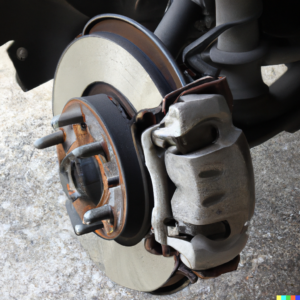How to Change Breake Pads
: A Step-by-Step Guide
Brake pads are an essential component of any vehicle’s braking system. Over time, they wear out and need to be replaced. Changing brake pads can seem daunting at first, but with the right tools and knowledge, it can be a straightforward process. In this article, we will guide you through the steps to change your vehicle’s brake pads.
Tools Required
Before starting, you will need to gather the following tools:
- Jack and jack stands
- Lug wrench
- C-clamp
- Allen wrench or socket set
- Brake cleaner
- New brake pads and shims
- Grease
Step-by-Step Guide
Follow these steps to change your vehicle’s brake pads:
Step 1: Prepare Your Vehicle
Park your vehicle on a flat surface and engage the parking brake. Use the lug wrench to loosen the lug nuts on the wheel where you will be changing the brake pads.
Step 2: Lift the Vehicle
Use the jack to lift the vehicle off the ground, and then place jack stands underneath for support. Remove the lug nuts and take off the wheel.
Step 3: Remove the Old Brake Pads
Locate the brake caliper, which is typically held in place by two bolts. Remove these bolts with the appropriate tool, and then carefully lift the caliper off the rotor. The old brake pads should now be visible, held in place by clips or springs. Remove these clips or springs and take out the old pads.
Step 4: Install the New Brake Pads
Before installing the new brake pads, apply a thin layer of grease to the back of each pad. Then, slide the new pads into place, making sure they are properly aligned and secured with clips or springs.
Step 5: Replace the Brake Caliper
Carefully place the brake caliper back over the rotor and align it with the bolt holes. Insert and tighten the bolts to secure the caliper in place.
Step 6: Reset the Brake Caliper
In order to fit the new, thicker brake pads, the caliper piston must be reset. Use a C-clamp to push the piston back into the caliper housing. This will make room for the new pads.
Step 7: Reinstall the Wheel
Put the wheel back on and hand tighten the lug nuts. Lower the vehicle to the ground and tighten the lug nuts with the lug wrench.
Step 8: Repeat for Other Wheels
Repeat these steps for the other wheels that need new brake pads.
Step 9: Test Your Brakes
After changing your brake pads, it’s important to test your brakes before driving. Start the vehicle and pump the brakes a few times to make sure they are functioning properly.
Tips and Precautions
Here are some additional tips and precautions to keep in mind when changing your brake pads:
- Always refer to your vehicle’s owner’s manual for specific instructions and torque specifications.
- Use caution when lifting the vehicle and make sure the jack stands are properly positioned and secured.
- Wear gloves and eye protection when working with brake cleaner or grease.
- Never reuse old brake pads, shims, or clips.
- If you’re not comfortable changing your own brake pads, seek the assistance of a professional mechanic.
Conclusion
Changing your vehicle’s brake pads is a necessary part of routine maintenance. With the right tools and knowledge, it can be done easily and quickly. Remember to always follow the proper precautions and seek professional help if you’re unsure about any steps.
FAQs
- How often do brake pads need to be changed?
- It depends on driving habits and vehicle usage, but generally, brake pads need to be changed everyn 30,000 to 70,000 miles.
- Can I change just one brake pad or do I need to change them all?
- It’s recommended to change the brake pads on both sides of the vehicle at the same time to maintain balance and even wear.
- How can I tell if my brake pads need to be changed?
- You may hear a squeaking or grinding noise when applying the brakes, or notice decreased braking performance or a pulsating brake pedal.
- Do I need to bleed my brakes after changing the brake pads?
- Bleeding the brakes is not necessary when changing the brake pads, but it’s a good idea to do so if air has entered the brake lines or if the brake fluid is old and contaminated.
- Can I use any type of brake pad on my vehicle?
- It’s important to use brake pads that are compatible with your vehicle’s make and model. Consult your owner’s manual or a professional mechanic for guidance on selecting the correct brake pads.
- Can I change just one brake pad or do I need to change them all?
- It depends on driving habits and vehicle usage, but generally, brake pads need to be changed everyn 30,000 to 70,000 miles.

